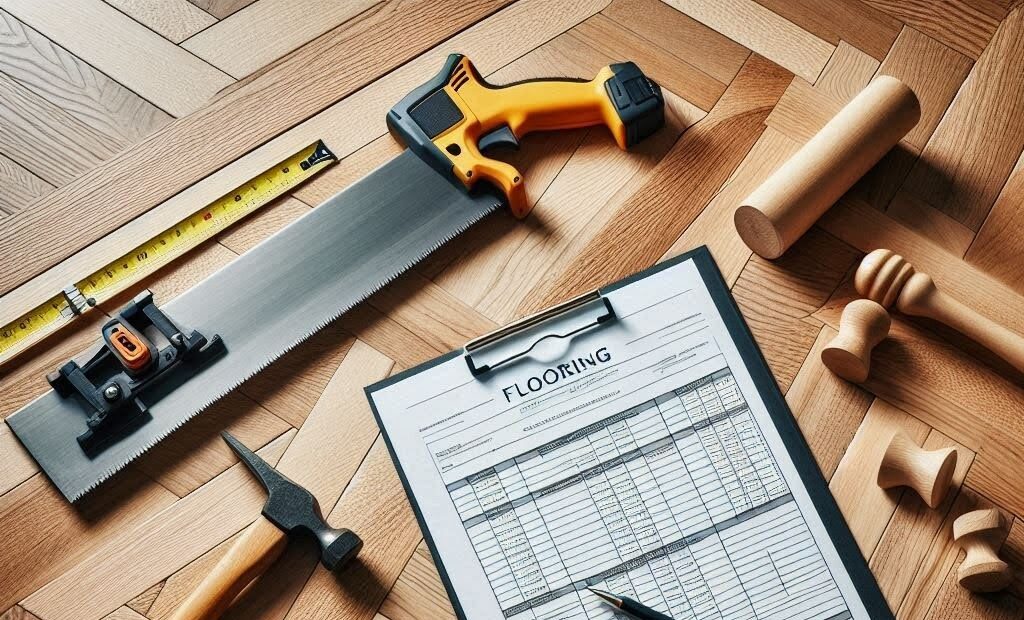When planning a flooring remodel, it’s easy to focus only on materials and installation. But many hidden costs can surprise you and stretch your budget.
Knowing what to expect helps you avoid headaches and make smarter choices.
Subfloor Leveling and Moisture Mitigation
Subfloor leveling is one expense homeowners often miss. If your floor isn’t even, this step is necessary before installing new floors. Whether it’s sanding or applying leveling compound, it’s crucial to protect your investment.
Moisture mitigation is another hidden cost, especially for wood floors over concrete. Moisture barriers or sealants prevent damage like warping and mold, so don’t overlook this important step.
Underlayment, Stair Parts, and Removal
Underlayment is a must for insulation, soundproofing, and floor durability. The flooring you pick usually dictates the type of underlayment required, which means extra costs.
For stairs, parts like nosings and stair rods add expenses because they need special materials and labor. Also, removing and disposing of old flooring is not always included in quotes. It takes time and proper handling, which can cost more.
Pro tip: Always factor in hidden flooring costs like subfloor leveling, moisture barriers, underlayment, and trim work, and use a detailed flooring estimate template to compare bids and keep your remodel on budget and stress-free.
Other Hidden Expenses to Watch
Furniture moving, delivery charges, and material acclimation are commonly missed costs. For example, wood floors often require a few days to adjust to your home’s humidity before installation, which might increase labor time.
Finishing touches like thresholds, baseboards, and door trimming add up too. Door trimming often requires skilled labor, so expect this to impact your budget.
Pattern waste, especially with floors laid in complex designs like herringbone, demands extra materials and work. Budgeting 5-to-10 percent more for waste can help you avoid surprises.
Post-install touch-ups such as caulking or staining can extend the project and cost more. Always ask your installer about these expenses beforehand.
Organize Your Costs with a Flooring Estimate Template
A smart way to keep all these costs organized is by using a flooring estimate template, especially a pro-level version. This handy tool helps list every add-on clearly and compares bids on equal terms.
By putting all costs in writing, you get better control over your budget and avoid surprise fees. Pros use tools like this to keep projects on track and within budget, so it’s a smart move for homeowners too.
Pro tip: When choosing patterned flooring like herringbone or chevron, expect higher costs due to extra material waste and labor. Budget an additional 5-to-10 percent for pattern waste to avoid surprises during your flooring remodel.
Putting It All Together
Hidden costs often come from prep work and finishing details homeowners don’t expect. Leveling the subfloor, protecting against moisture, underlayment, removing old floors, and trim work all add time and money.
Planning for these early means setting a real budget and communicating clearly with your contractor. That way, you avoid last-minute shocks and end up with a beautiful floor that lasts.

